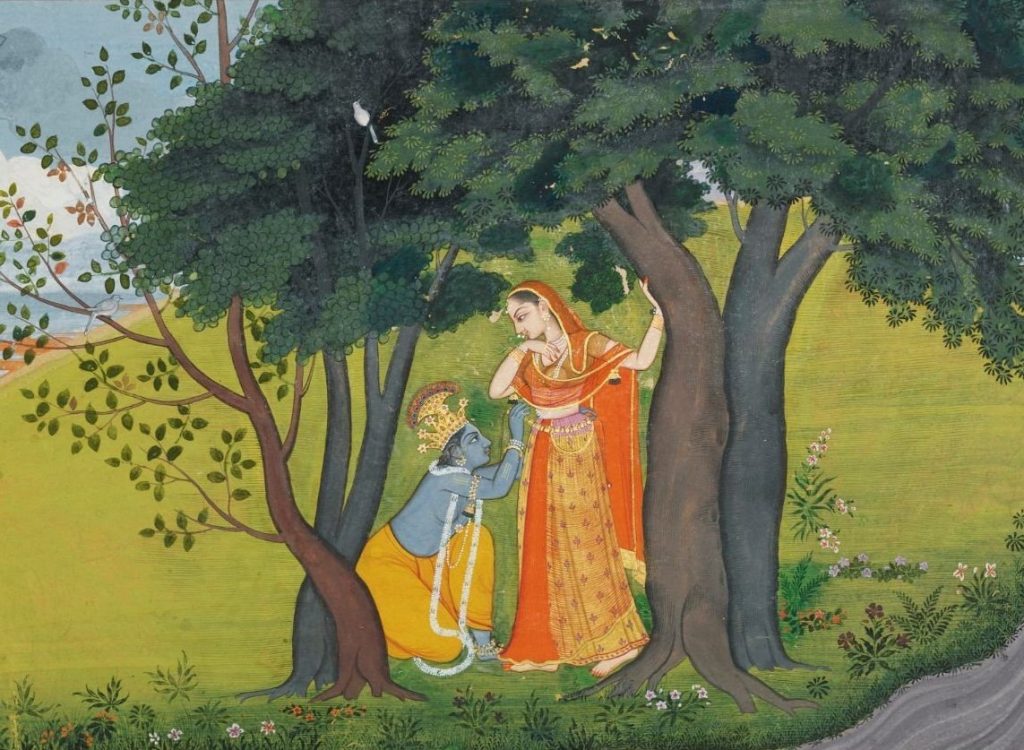Mahatma Gandhi is credited with reviving the old processes of hand spinning and hand weaving as part of the freedom movement of India. It was a strong political tool used to assert self-sufficiency by a nation under colonial, draconian laws on textile. Khadi was linked to the concept of ‘Swadeshi’ (Made in India), where Gandhi believed that by choosing to make and wear handspun, handwoven cloth; a source of livelihood for millions of weavers across India, over machine-made textiles from Manchester, would bring power back into the hands of the villagers and build self-reliance. The spirit of Khadi became synonymous with ‘plain living and high thinking’. Khadi is handwoven cloth in cotton, silk or wool depending on the climate of the region. It is environment friendly and suitable for all seasons. There is a huge movement in India even today to support the many weavers and craftsmen sustaining on Khadi.
Hand-woven textiles and sarees, home-embroidery & craft form an important cottage industry. From meeting weavers to indigenous communities, known for their immense creativity, unbound imagination, untiring spirit and who are the true custodians of an overwhelming variety of soulful crafts, this section provides a glimpse of Indian textiles.
Ajrakhpur – Ajrakh Block Printing
Earthy Hues
The Ajrakh block printing tradition is known for its complex, yet elegant symmetry of geometric patterns. Ajrakh means “Aaj-ke-din-rakh” in Hindi, that would be ‘keep it for a day’ in English. It is also said that the name perhaps originates from “Azraq”, the Arabic word for ‘blue’, the predominant colour in Ajrakh whose specimens were found as far away as Egypt and Babylon who enjoyed great trade ties with India.
Get to know about the laborious journey of Ajrakh which involves a sixteen step process of washing, dyeing, printing, and drying in an Ajrakh Block Printing Workshop with a master artist.
Udaipur – Perfectly Handmade
The Sikligars of Udaipur are custodians of a rare art of inlaying swords, daggers, shields and other weaponry with gold and silver called Koftgari. This exquisite art came with the Mughals to India. It is fascinating to watch Koftgari artists beat hair-thin gold and silver wires with their deft hands and fine tools to create designs which almost looks like embroidery on metal.
Visit the homes of artisans in Udaipur and Meet Textile & Other Artists to witness, understand, and appreciate the subtle nuances of these art forms unique to Udaipur.




